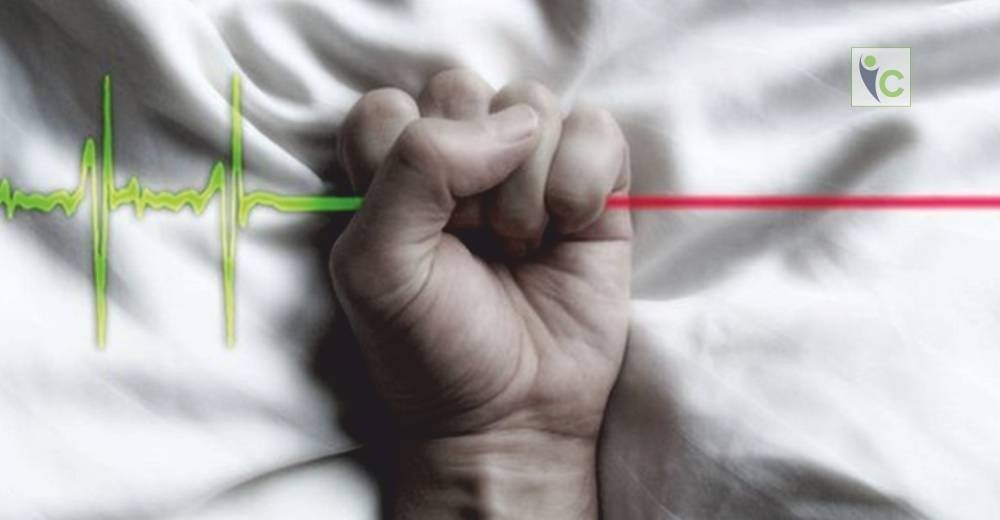This post has been written by Ms. Sukanya Biswal, a 1st year B.A.,LL.B. student of School of Law, Jamia Hamdard.
Introduction
Life and death are one thread, the same line viewed from different sides. A famous quote by Lao Tzu echoes the fact that both life and death are different sides of a coin; it’s just that humans have associated extreme emotions to these happenings. This fact can’t be ignored that sometimes life which is most beautifully embraced by humans can become a liability and a vessel for endless suffering. Mercy Killing/Euthanasia which may sound cruel and against the law of nature is a medium which eases a person of his lifelong illness and helpless state. Let’s talk of euthanasia in a different light. For an instance if an unborn baby develops some serious complications or any life threatening disease, then the mother is always advised to terminate or abort the pregnancy similarly if an animal is in a lot of pain or suffering from a prolonged illness, then the vet allows the animal a peaceful death by ending his sufferings. Similarly “Right to death” is a prodigy, which if applied consensually can shorten the length of suffering of the patient and allow a peaceful and resourceful life of their kin.
Assistive Suicide v/s Mercy killing
The topic of Assistive Suicide and Mercy killing, is a highly debatable topic, wherein both lead to loss of human life with the assistance of another individual, both suicide and mercy killing have the same result but are distinct from one another. Suicide, maybe assistive or an independent decision is a crime both in the eyes of nature and Law, whereas in mercy killing, with the very permission of the patient and advice of the attending medical officers along with the consent of the kin and the close relatives of the patient, the patient is granted a painless and peaceful death to ease him of all his sufferings.
Clash between Article 21 and Section 309
According to section 309 of the Indian Penal Code (IPC), whoever attempts to commit suicide and does any act towards the commission of such offence, shall be punished with simple imprisonment for a term which may extend to one year or with fine, or with both. Sections 309 of Indian Penal Code criminalize attempted suicide and suicide assistance.
Now here is the thing, article 21 of the Indian constitution guarantees the right to live with dignity to every individual. So the question which arises here is that does the ‘right to live with dignity’ also include the ‘right to die with dignity’?
It was in the Gian Kaur v. State of Punjab, it was held by the court that the right to life under article 21 of the Indian constitution doesn’t include the right to die. Further, it was decided that section 309 of the Indian Penal Code which tells about attempt to suicide is constitutionally valid and doesn’t violate article 21 of the constitution.
Moreover, the court also rejected the plea that section 306 of Indian Penal Code which tells about abetment of suicide is constitutionally invalid and making the accused punishable for the same.
Should mercy killing be legalized or not?
Mercy killing or Euthanasia is of two types- Active Euthanasia and Passive euthanasia. Active euthanasia is completely different from Passive Euthanasia. In Active euthanasia the patient is given a lethal drug which would give a pain free death and is purely illegal in India. However, Passive Euthanasia denotes a condition in which the patient is killed painlessly by discontinuing the life support and food which are essential for survival. Sometimes the patients suffer from incurable diseases or are in vegetative state, so in such condition if the patient is in favour of Passive Euthanasia, then the doctors can withdraw the life support.
It was in the Aruna Ramchandra Shanbaug v. Union of India, it was held by the hon’ble court that Passive Euthanasia is legal in India under certain guidelines and with the sanction of the High Court.
The case was a writ petition filed under article 32 of the constitution on behalf of the petitioner Aruna Shanbaug by Ms. Pinki virani from Mumbai. It is stated in the writ petition that the petitioner Aruna Shanbaug was a staff nurse in King Edward Memorial Hospital. On 27th November 1973, she was raped by a sweeper in the hospital who wrapped a dog chain around her neck and yanked her back. It is alleged that due to strangulation by the dog chain, the supply of oxygen to her brain stopped and she suffered irreparable brain damage. Since 36 years she was completely in a vegetative state. So the only prayer of the petitioner was that the respondent be directed to stop feeding her and let her die peacefully.
The Judgement
Moreover, on 9thy March 2018 the Supreme Court finally legalized Passive Euthanasia declaring that the individuals can now have the right to die with dignity under certain guidelines. The five judge bench of the Supreme Court recognized a living will by the patient which allows the doctor to discontinue the life support.
At the end of the day, an individual cannot be stripped of his right to end his life, taking into consideration, the fact that it’s not only the patient who is suffering but also his closed ones. Prolonged illness and a never ending vegetative state are doing no good either to the family or to the society. Granting the wish of death may sound inhumane and merciless but it serves better good to the kin of the patient, who have lost a track of their own personal growth and development. Moreover, a person who has suffered so much deserves to die a peaceful and dignified death, which can allow diversion of medical attention and service to the more serious cases.
References


